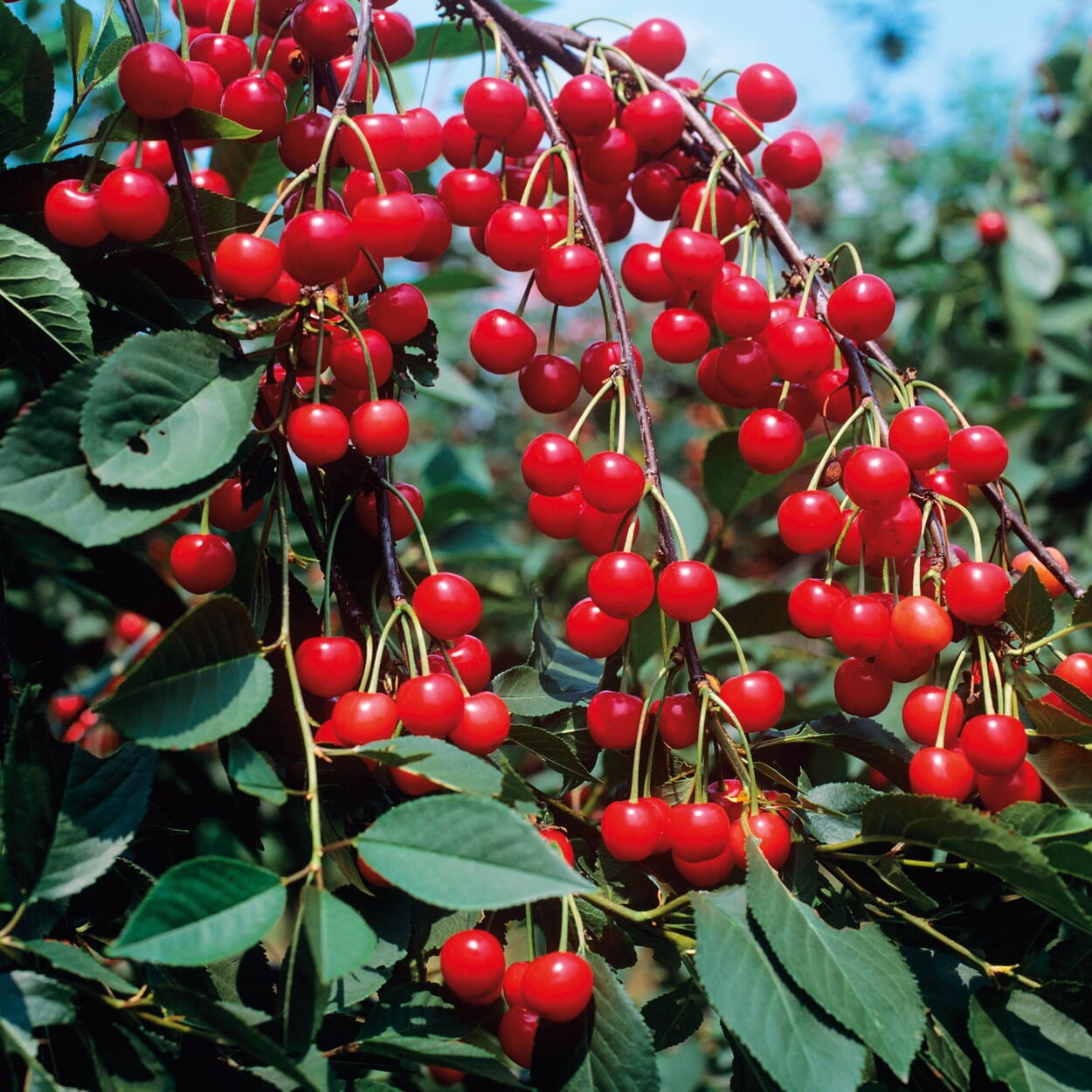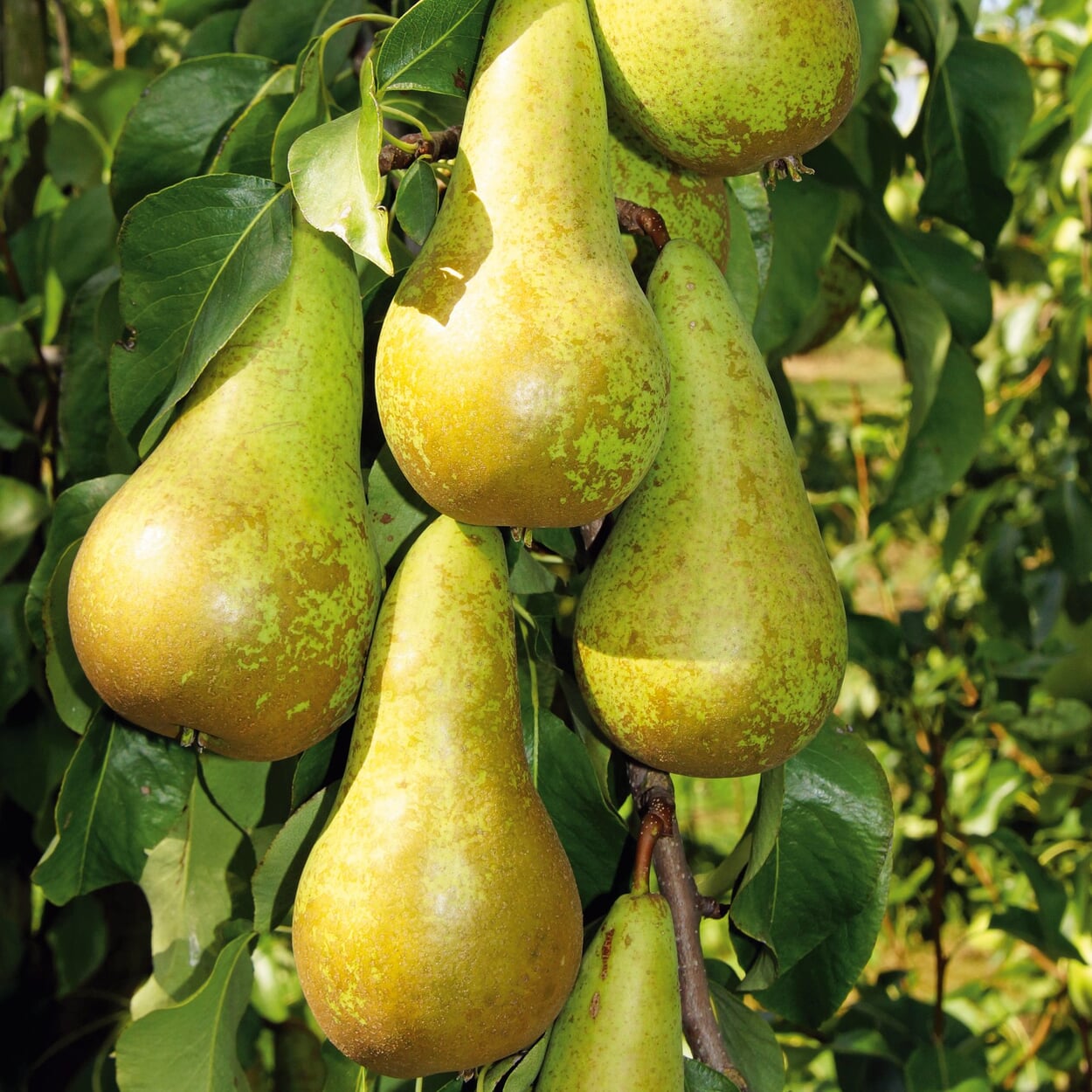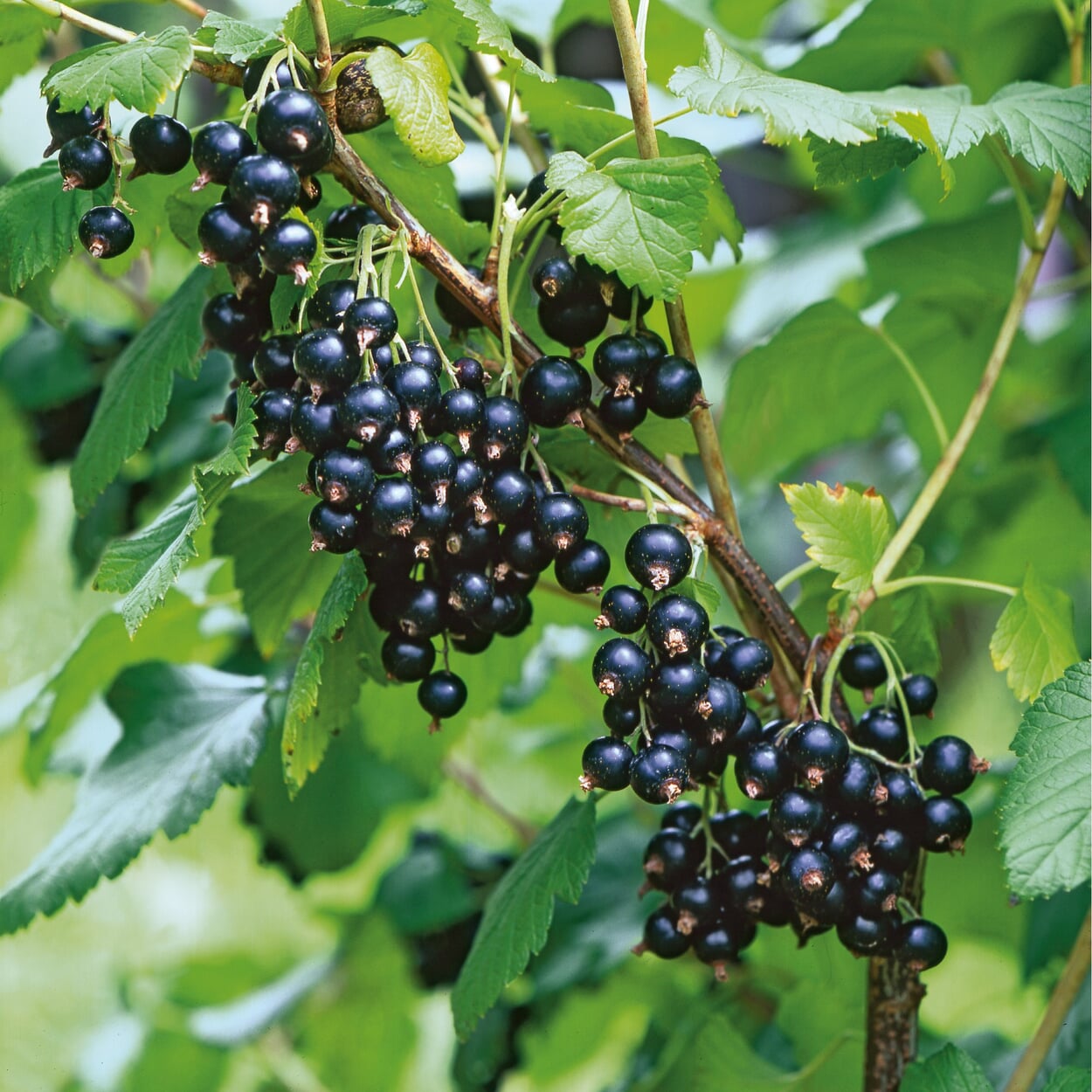Helpful tips
Balcony fruit. Rich harvest in the smallest space
Even in smaller gardens and even on the balcony and terrace can be cultivated handsome selection of fruit - with the choice of so-called columnar or dwarf fruit trees. This is not new, but used to be even the "high garden culture" in orangeries, court and monastery gardens. However, whereas in those days it was mostly a matter of fruit varieties that were "kept small" with a lot of horticultural effort, similar to a bonsai culture, today there are a large number of specially bred varieties that are particularly well suited for cultivation in containers with slender, rather weak growth and are robust and healthy at the same time. The so-called columnar fruit is characterized by a pronounced central axis, grows mainly in height and only slightly in width. The fruit-bearing side shoots are therefore only short; the fruits are well sunned on all sides and ripen evenly. The so-called dwarf fruit forms fruit trees "en miniature", i.e. a low trunk with a small crown. All of them are easily harvested and are very decorative with flowering in the spring and summer fruit.
Requirements of fruit trees in the pot
- Basically, all fruit trees** need a sunny location so that the fruits ripen well
- The container must have a minimum volume of 30 liters; the larger, the better. If the volume is too small, there would be a risk of frequent, rapid drying, since the evaporation of water from the plants through the leaves can be enormous on hot days. The larger the volume of soil, the greater the water storage capacity and the better the plants can develop in the container. Large containers also offer the possibility of underplanting, for example, strawberries. The small space on the balcony can be used even better, in addition, the plant cover protects the soil from sunlight and strong evaporation.
- It is important to have a good water drainage in the vessel. To do this, fill in a 5-7 cm thick layer of expanded clay at the bottom and place a filter mat over it. This prevents soil from being washed into the drainage layer and clogging it
- For tub plants with their limited root space, use only very high-quality soil. Roof, trough and of course potted plant soil are well suited; it is recommended to add 10% sand and two handfuls of rock flour.
Dwarf sour cherry Kobold
Column pear Saphira
Column currant Hedda
Balcony fruit. Care measures over the year
- A balcony or terrace usually has a different microclimate than a garden. The temperature is usually higher and the air drier, so that special care must be given to the water supply throughout the year
- Check balcony fruit regularly for pests and especially combat aphids immediately, for example by spraying the plant with a soft soap solution without additives
- Annual maintenance pruning is limited to shaping and reducing excess side shoots.
- At the beginning of the vegetation phase, so about the beginning of March, give a slow-release fertilizer; in June, lightly re-fertilize.
- To ensure that the plants get through the winter well, wrap the tubs before the onset of frost all around with bubble wrap, reed mats, jute or similar. This helps to prevent rapid, strong temperature fluctuations in the pot, which can lead to damage to the roots and ultimately to the death of the entire plant.







